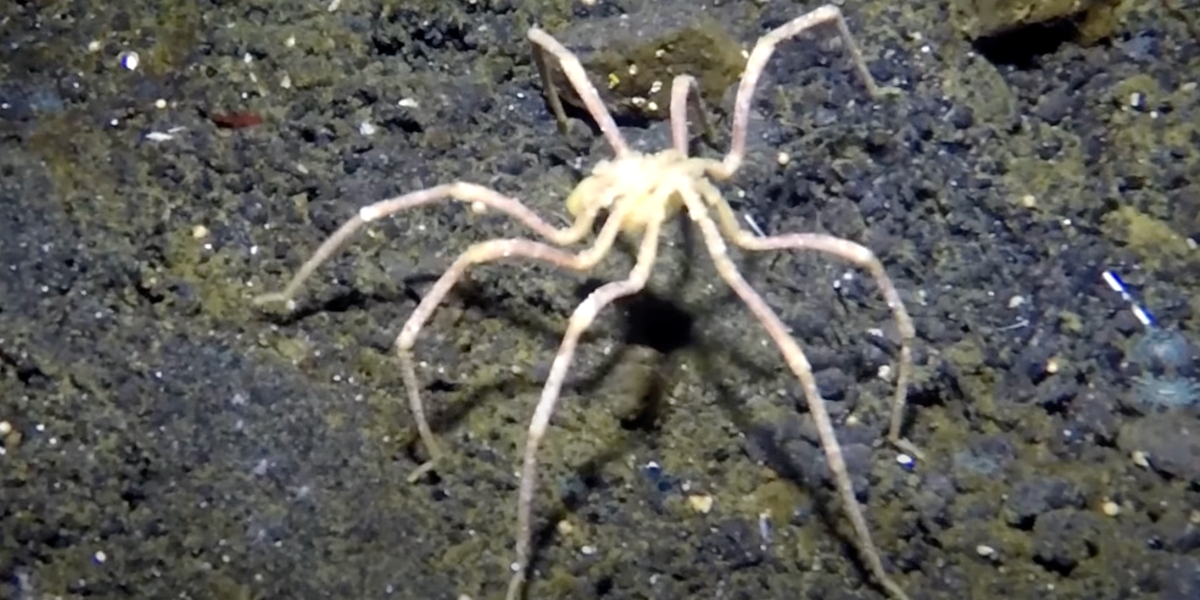A new species of sea spider was reportedly discovered crawling around in the frozen waters of Antarctica. The shape and look of the spider would almost certainly be nightmare fuel for those who already have a certain disdain for the creepy-crawlies.
The New York Post reported that the new species, known as Austropallene halanychi, was discovered when researchers cast a trawl into the Ross Sea. The sea is about 200 miles from the South Pole.
The details of the discovery were laid out in a new study published in the journal ZooKeys.
The report noted that in January 2013, scientists who were working aboard the ship RVIB Nathaniel B. Palmer reeled in a net and realized that the unusual specimen did not fall into any pre-existing descriptions of spiders. The new sea spider was apparently discovered around 1,900 feet under water.
The new sea spider turned out to be much larger than other sea spiders, with its legs measuring more than one inch in length. The report stated it has four pigmented eyes and a short, “swollen” abdomen, and a “wreath” of bristle-like follicles around its mouth.
Andrew Mahon, who co-authored the study, said that one of the most unique elements to the new sea spider is that its vital organs originate in its legs. Mahon went on to say that the species even appears to use its legs to breathe, according to McClatchy News.
According to the study’s abstract, the sea spider is a new species of “pycnogonid within the family Callipallenidae (Pycnogonida), collected from the Ross Sea, Antarctica. While retaining key morphological features known for the genus Austropallene Hodgson, 1915a, the new species is distinguished from congeners by its much larger size, along with the combined absence of a denticle on the inner surface of the fixed finger of the chelifore claw along with the presence of small conical outgrowths where the fixed finger of the chelifore claw meets the movable finger on both the dorsal and ventral sides, and also the ability to fully close the chelifore claw.”
The new species of sea spider was reportedly named after Kenneth M. Halanych, who is a “prolific marine invertebrate scientist,” according to the Post.
According to Halanych’s LinkededIn profile, he helps lead the Center of Marine Science and has focused much of his professional career on the “genomics and evolution of marine invertebrates.”
Like Blaze News? Bypass the censors, sign up for our newsletters, and get stories like this direct to your inbox. Sign up here!
